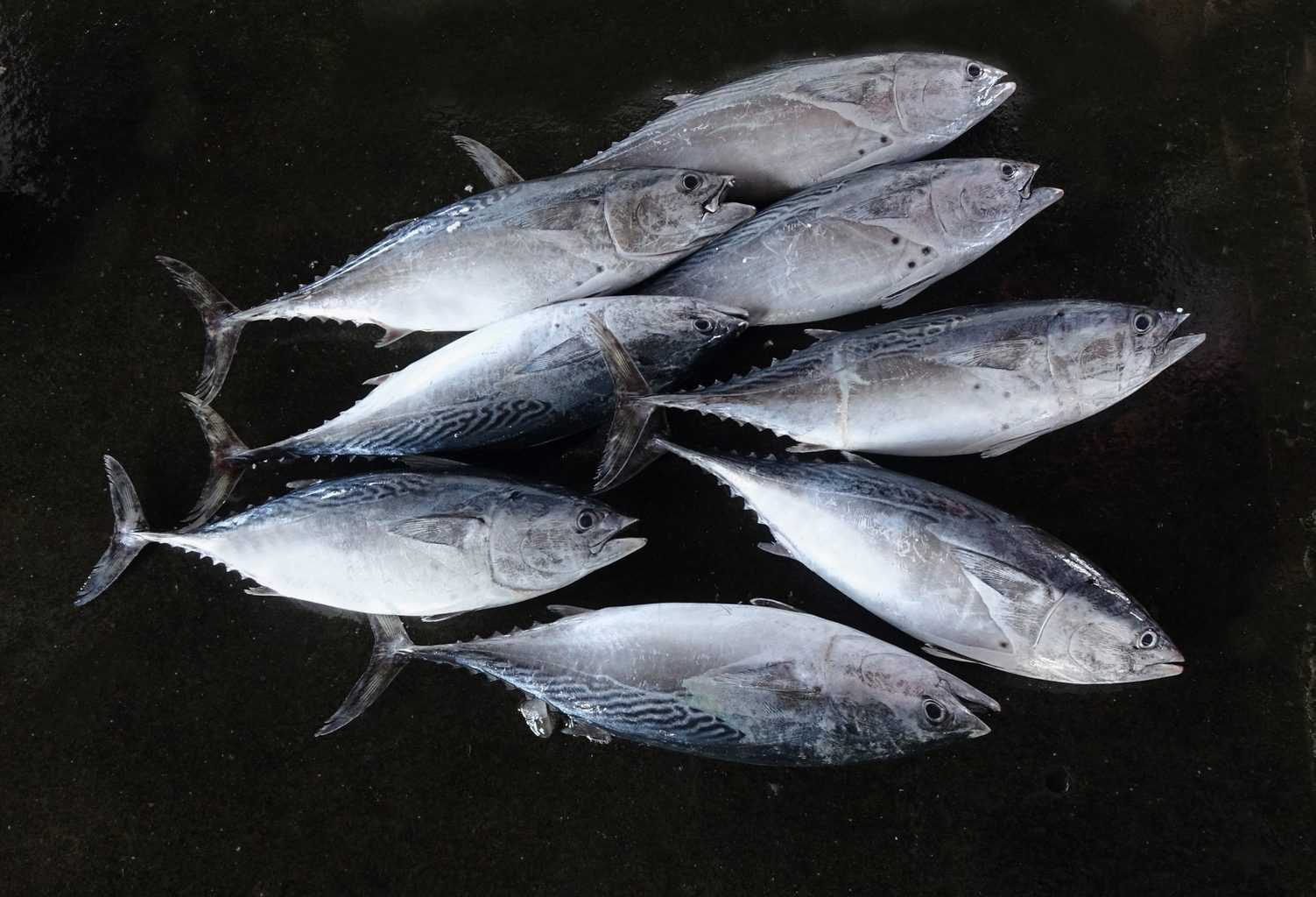Catching tuna might be on your bucket list this year. But, you aren’t certain of the best timing to hit the waters. Tuna, as a big game species, is among the toughest and can stage a battle that you might not win if you aren’t prepared.
But when is the best time to catch tuna? Tuna is a mighty predator and one of the pelagic species. They are known for roaming the high sea but certain times yield more than others. Nights are the best for Yellowfin tuna. Let’s delve deeper into the time specifications.
What is the Best Time to Catch Tuna?
As a popular ingredient for some Asian cuisines, they are becoming a target for most anglers nowadays. We are used to Salmon and trout. But, here’s to something different! Being nomads, we will say that you must catch them when they are around. That will be the best time.
However, it won’t be reasonable to leave your crib at dawn and wait till dusk to land a tuna. In general, the best time of day to fish for tuna is late in the evening and at night. Tuna love to cruise the deeper waters in the day.
The bait rises at this time then predators surface for their meal. These species enjoy cloudy water that results from the river and ocean water mixing. This doubles the chances of your bite. If there is an overcast sky, the better for you.
Best Time of the Day to Fish for Tuna
Head there in the night! You will not miss a couple of these buddies as they are most active at this time. Early mornings have been proving successful as these fish don’t love intense sunlight. Clouds in the early morning are a good sign that these buddies are nearer and you can cast.
Morning
Like cod and haddock, tuna too love less intense sunlight. Early morning before the sun hits the water is a great time to step out. Cloudier mornings are even the best as these two aspects are what tuna enjoy the most. Ensure you pack heavy gear as they aren’t as weak as you think. Eat some more breakfast to ensure you reel in that guy easily.
Afternoon
Most tuna are low-light feeders. They spend most of their time deeper in the water chasing squid. Late afternoons will be the best time to hook them at the sub-surface.
Night
Fishing for tuna at night is more advantageous than daytime. They have large eyes for hunting when there is low light. Tuna love migrating through water columns vertically to feed. Darkness prompts anglers to use gear that makes tuna fishing easier. Heavier gear will always do the trick at night. They love bigger bait chunks and will strike at full speed when they spot a big greenback mackerel.
Best Time to Catch Tuna by Season
Tuna fishing dwindles at the peak of the winter season. In the USA, May is the best month to start testing your gear for the monsters. The season yields until early December. However, tuna fishing will depend on the mildness of the winter season. Summer through fall can be the best time to hit the jackpot.
Spring
Tuna fishing in most states changes reasonably all year round. In some areas, spring welcomes the arrival of the yellowfin tuna. Their move northwards from the south and can be terrific. A few days the action can be hotter and the next, you mightn’t see them. Offshore anglers might have a stellar experience especially if they can fish from the boat.
Summer
Summer marks the onset of the tuna season. You will catch more albacore in the early summer. Bluefins come next and occasional yellowfins. You can use a similar technique for all the tuna types. Prepare yourself as tuna fishing can swiftly move from dormancy to hungry bites in split seconds.
Target the sub-surface. Most tuna bask in this zone and can go near the surface.
Autumn
August and September are among the best times to catch these buddies. Whether or not there is a heavy migration, this is a prime season to pack your biggest and best baits. Strong winds and tides increase tuna numbers as they love to hide from them.
Winter
The tuna fishing season ends in winter. However, it greatly decreases at the peak of the season. The heart of winter makes it difficult to catch tuna especially when the temperatures are extremely low. These fish hunker downwards and head deeper. This makes it very difficult to land them. You could make use of a fish finder. You could be lucky!
Best Time to Catch Tuna – Conclusion
Always remember that tuna are poikilotherms/warm-blooded and can remain active in the cold months. Even if the tuna season rounds up you can land a few. Offshore fishermen can catch the yellowfin and stripy tuna post-season.
To get the best sizes and weights, sacrifice your nights and head out in the summer and fall seasons. Of course, tuna fishing needs patience, endurance, and strength. Warm yourself in the winter or head out for ice fishing.
